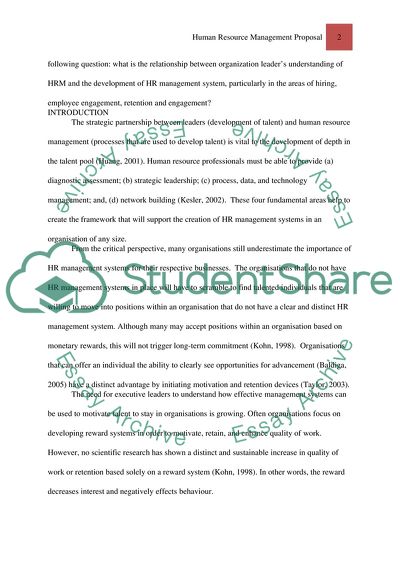Cite this document
(People Management and Leadership Research Proposal - 7, n.d.)
People Management and Leadership Research Proposal - 7. https://studentshare.org/human-resources/1743357-research-proposal
People Management and Leadership Research Proposal - 7. https://studentshare.org/human-resources/1743357-research-proposal
(People Management and Leadership Research Proposal - 7)
People Management and Leadership Research Proposal - 7. https://studentshare.org/human-resources/1743357-research-proposal.
People Management and Leadership Research Proposal - 7. https://studentshare.org/human-resources/1743357-research-proposal.
“People Management and Leadership Research Proposal - 7”. https://studentshare.org/human-resources/1743357-research-proposal.


